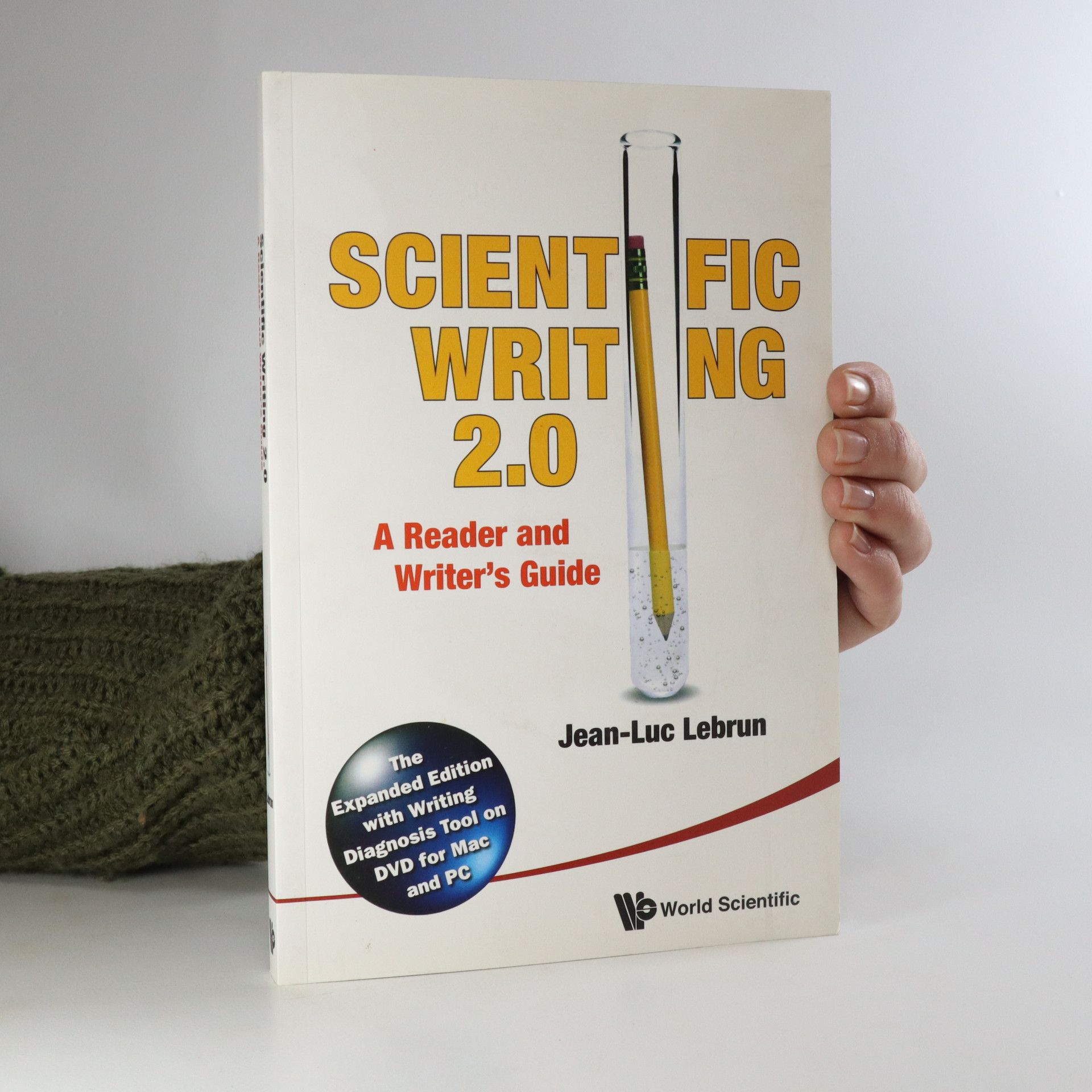Focusing on the reader's experience, this book offers insights into effective scientific writing. It emphasizes the importance of engaging readers through attention-getters, logical sentence progression, and memory aids. By dissecting each component of a scientific paper—from the title to the conclusion—it provides practical guidance for both novice and experienced writers. Senior scientists can use it to mentor others, while younger researchers gain clarity in navigating writing challenges, ultimately enhancing their ability to communicate complex ideas effectively.
JeanLuc Lebrun Livres



![SCIENTIFIC WRITING 2.0 [W/ CD]](https://rezised-images.knhbt.cz/1920x1920/0.jpg)


Scientific Writing: A Reader And Writer's Guide
- 224pages
- 8 heures de lecture
Focusses on the reader rather than the writer. This book is useful for senior scientists who supervise staff and postgraduates who can use the book to review drafts and to help with the writing as well as the science.
SCIENTIFIC WRITING 2.0 [W/ CD]
- 282pages
- 10 heures de lecture
Focusing on the essential components of scientific writing, this guide equips scientists with the tools to craft effective journal papers. It emphasizes clarity, conciseness, and organization across key sections like the Title, Abstract, and Conclusions, supported by numerous examples. To enhance the writing process, the book includes practical metrics through six checklists and introduces a unique Java application for evaluating the quality of each section from a reader's viewpoint.
Clinical research monitoring is a vital aspect of Good Clinical Practice (GCP). Its principles are straightforward: they are aimed at protecting those subjects that participate in the trial, and their goal is to provide reliable data that will contribute